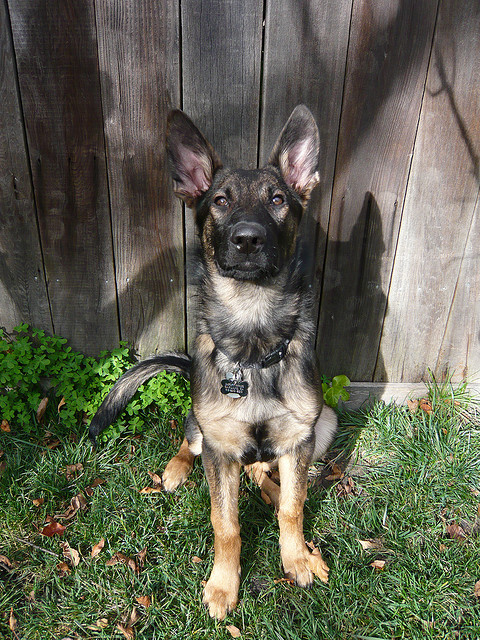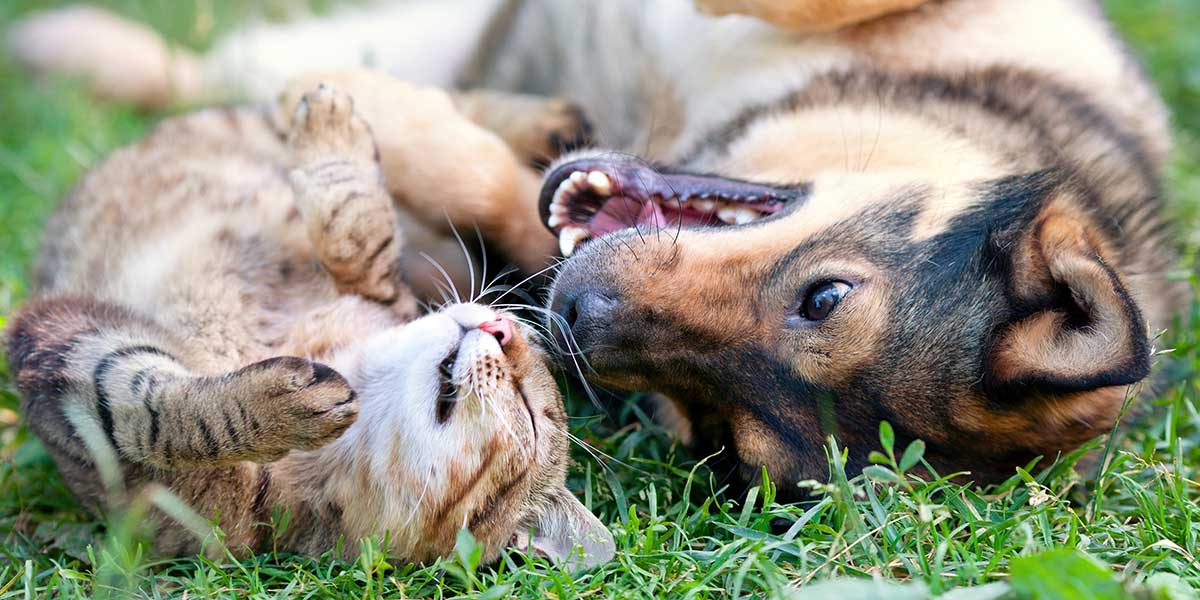
“I think I need a guard dog” is a phrase we’ve heard people say time and time again. The reason for such a phrase is usually legitimate. People want a dog that will protect them or their family in case of, say, a burglary.
We’ll admit that getting a guard dog is not that hard. You can get one quick and easily. But there’s usually a lot more to think about.
Guard Dogs vs. Watch Dogs
First, it’s important to understand the difference between a guard dog and a watchdog. A watchdog’s job is exactly like it sounds – to watch an area, and make an alert if need be. A guard dog is usually larger, and its job is to protect. Guard dogs will bite and attack a potential intruder.
Lisa Podwirny is the owner of Ketchum Mfg. Connect with her on Google+!
What Breeds Make Good Guard Dogs?
Most dogs have a natural instinct to protect. However, there are some breeds that are a much better fit for the job than others. Common guard dog breeds include Rottweiler, German Shepherd, Great Dane, Bullmastiff, Boxer. For families, calmer breeds like the Bernese Mountain Dog or Newfoundland can work because of their sheer size.
Do You Really Need a Guard Dog?
Now that you know a little bit about guard dogs and the most well-known breeds, it’s time for the big question:
“Do you really need a guard dog?”
I’d be inclined to say most people do not. Reason number one is that training is intensive and usually dangerous. You need to remember that you’re training a dog to attack. Most people get the idea that their guard dog will automatically “know an intruder” and be fine around everyone else. This is not the case. You know the old scenario where the dog attacks the mailman? It’s realistic. You really don’t want a dog that’s extremely aggressive to strangers. That’s just waiting for something bad to happen.
Reason number two is that a guard dog can only do so much. Most criminals flee a scene because a dog barks – not because they’re scared of the dog. And if a criminal does end up in a scuffle with a guard dog, there’s a chance they can find a way around the problem. Also remember that a dog is, well, only a dog. It isn’t the police.
So, You Must Get One?
Fair enough. After doing a lot of consideration on the subject, you may still be inclined to get a guard dog. Use this article from WikiHow as an introductory guide to training a guard dog.
Lisa Podwirny is the owner of Ketchum Mfg. Connect with her on Google+!










